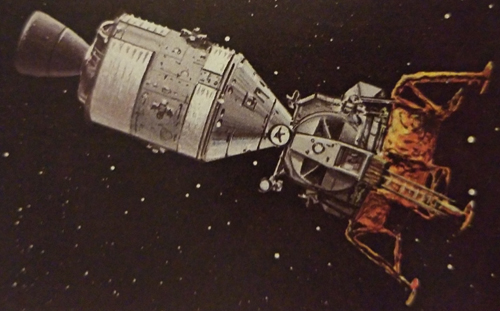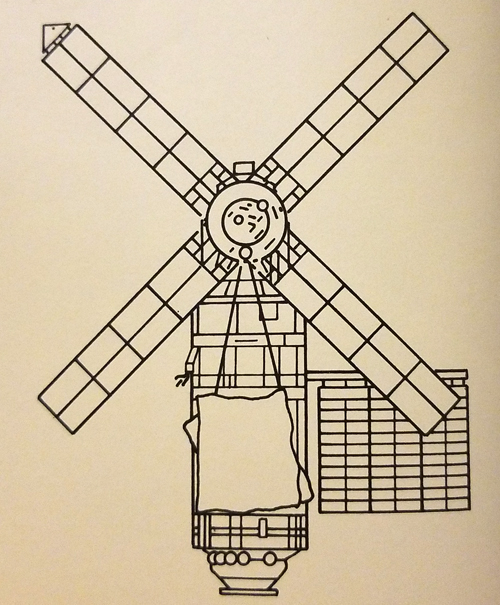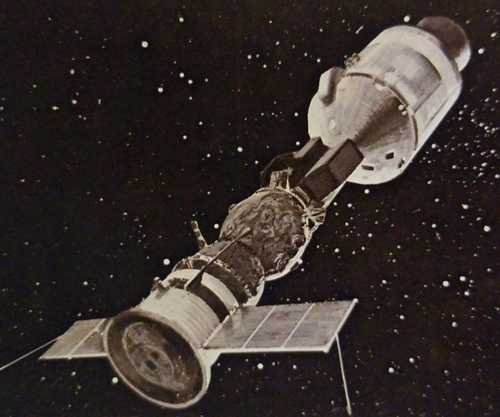Difference between revisions of "1970s (FASA)"
From Trekipedia
m (Admin moved page FASA Chronology: 1970s to 1970s (FASA)) |
m |
||
| Line 1: | Line 1: | ||
| − | + | {{ChronologyLinks|chron=FASA|year1=1960s|year2=1980s}} | |
| − | |||
| − | |||
| − | |||
| − | 1980s | ||
| − | |||
| − | |||
| − | |||
| − | |||
<div style="text-align:center;">'''[[Reference Stardate]] -1/7001 through -1/7912'''</div> | <div style="text-align:center;">'''[[Reference Stardate]] -1/7001 through -1/7912'''</div> | ||
| Line 45: | Line 37: | ||
<ref name="SFC">{{RefSFC}}</ref> | <ref name="SFC">{{RefSFC}}</ref> | ||
</references> | </references> | ||
| − | {{ | + | {{ChronologyLinks|chron=FASA|year1=1960s|year2=1980s}} |
| − | |||
| − | |||
| − | |||
| − | |||
| − | |||
| − | |||
| − | |||
[[Category:Chronology]] | [[Category:Chronology]] | ||
[[Category:FASA Timeline]] | [[Category:FASA Timeline]] | ||
Revision as of 04:27, 24 April 2021
Reference Stardate -1/7001 through -1/7912
1970
- RSD -1/70: Disaster is averted as Apollo 13, which experiences a power failure en route to the moon, is skillfully swung around the satellite and brought safely back to Earth.[1]
1971
- RSD -1/71: Apollo 14 lands at Fra Mauro on the moon, the destination originally chosen for the ill-fated Apollo 13.[1]
- RSD -1/71: Apollo 15 lands in Hadley Rille on the moon.[1]
1972
- RSD -1/72: The Pioneer 10 probe is launched.[1]
- RSD -1/72: Apollo 16 spends more than 71 hours on the lunar surface.[1]
- RSD -1/72: Apollo 17 marks the end of NASA's manned lunar missions, spending a record 75 hours on the moon and returning with 113.6kg of lunar material.[1]
1973
- RSD -1/73: The United States orbits the Skylab space station and sets records for duration in space. Among the experiments performed is the evaluation of long-term weightlessness on humans. Skylab will remain in orbit until 1979.[1]
- RSD -1/73: The Mariner 10 probe is launched.[1]
1975
- RSD -1/75: Apollo 18 and Soyuz XIX link up in space, culminating two years of cooperation between the United States and the Soviet Union.[1]
1976
- 'RSD -1/76: Viking 1 soft-lands on Mars and begins transmitting photographs, climatic measurements, and soil composition data. Designed for 90 days, the lander remains functional for two years.[1]
1977
- RSD -1/77: Voyager 1 and 2 depart for the outer planets. Following up on the earlier Pioneer missions, these more sophisticated probes will encounter first Jupiter in 1979, then Saturn from 1980-81, eventually flying past Uranus in 1985.[1]
1978
- RSD -1/78: Ten probes arrive at Venus in the largest research assault to date. Among the mysteries to be solved are understanding the atmospheric composition and the internal mass distribution of the planet.[1]


